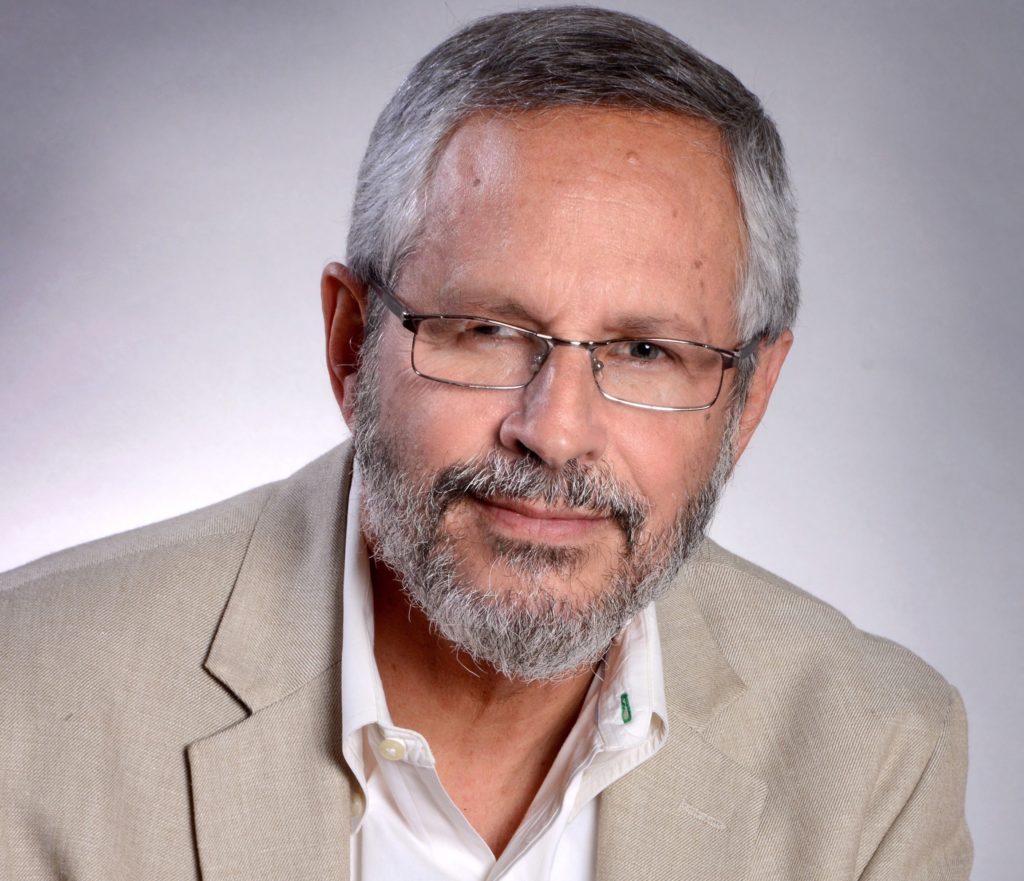
By HANS DUVEFELT
Primary care doctors, the way things are organized in this country, perform three kinds of services. If we don’t recognize very clearly just how fundamentally different they are, we risk becoming overwhelmed, burned out, inefficient and ineffective. And, if we think about it, should we really be the ones doing all three?
SICK CARE
Historically, people called the doctor when they were sick. That service has, at least in this country, become more or less viewed as a nuisance in primary care offices. We keep a few slots open for sick people, in part because the Patient Centered Medical Home recognition process requires us to. But our clinics may worry that those slots go unfilled and lead to lost revenue.
Instead, sick people scatter toward emergency rooms with crowding, high overhead and liability driven testing excesses or to freestanding walk-in clinics that only sometimes are integrated with the primary care office but universally staffed by providers who don’t know the patient. These providers, due to staffing cost strategies, are sometimes the least experienced clinicians within their organizations, doing what I feel is the most challenging work in health care – sorting the very sick from the only moderately ill or even completely healthy but worried patients.
In the worst case scenarios, the walk-in clinic is freestanding, operating without any access to primary care or hospital records, starting from absolute scratch with every patient. Some of these clinics are well equipped, with laboratory and x-ray facilities and highly skilled staff. But some are set up in a room in the back of a drug store and staffed by a lone nurse practitioner with minimal equipment and no backup.
Because health care in this country has no master plan, this is what has emerged. If we had a national strategy for health care services, does anybody think it would look like this?
Continue reading…











